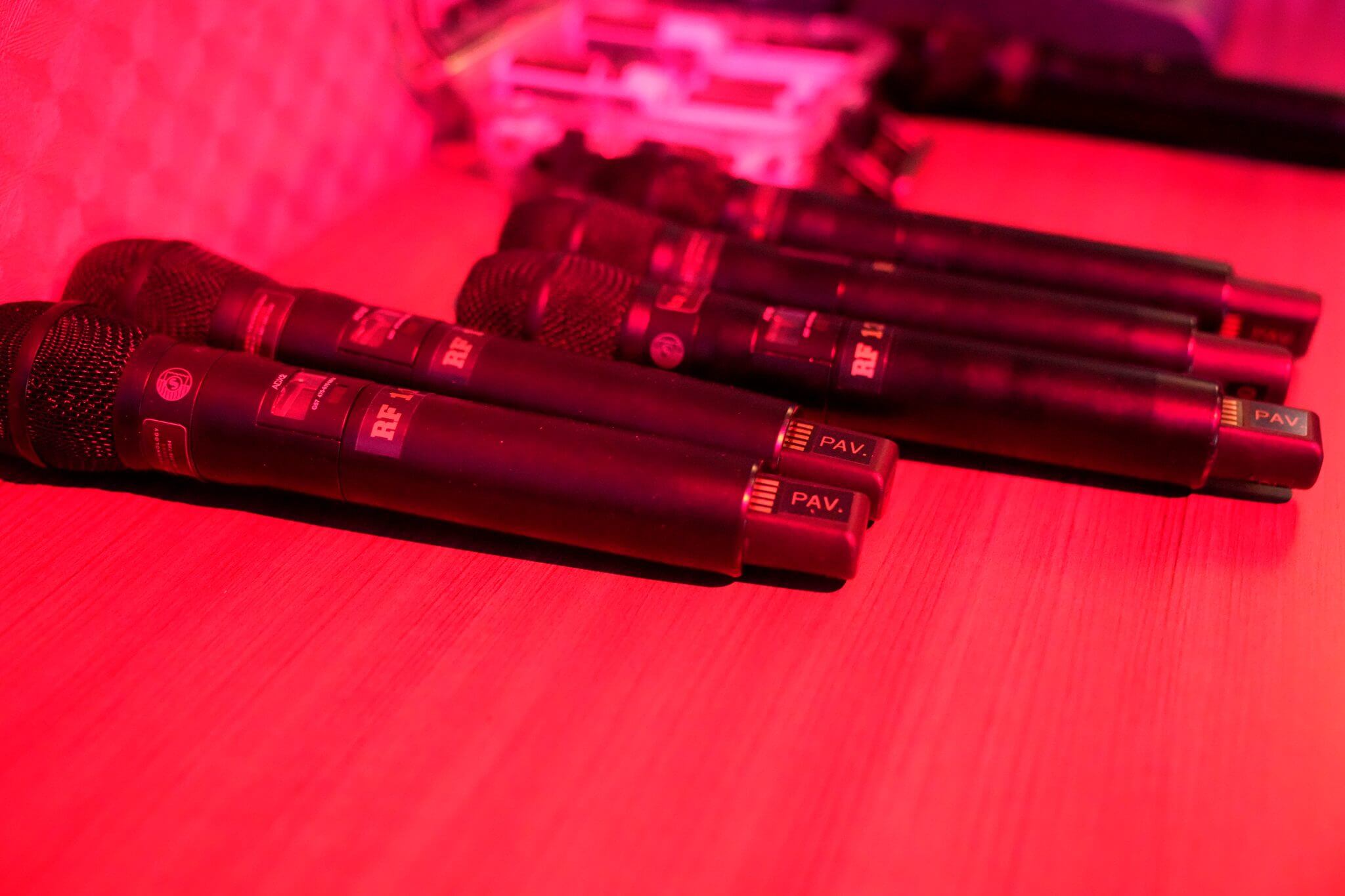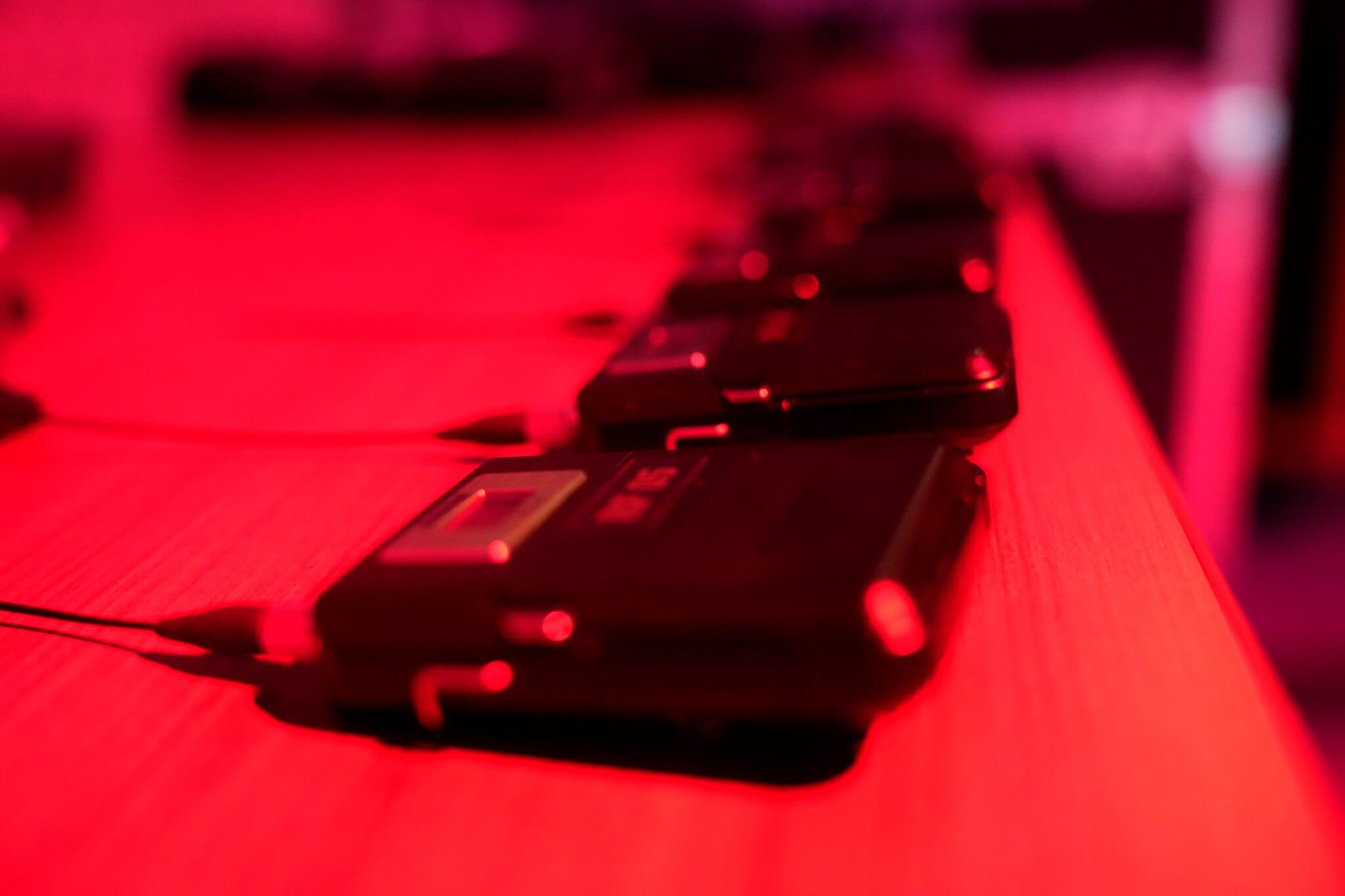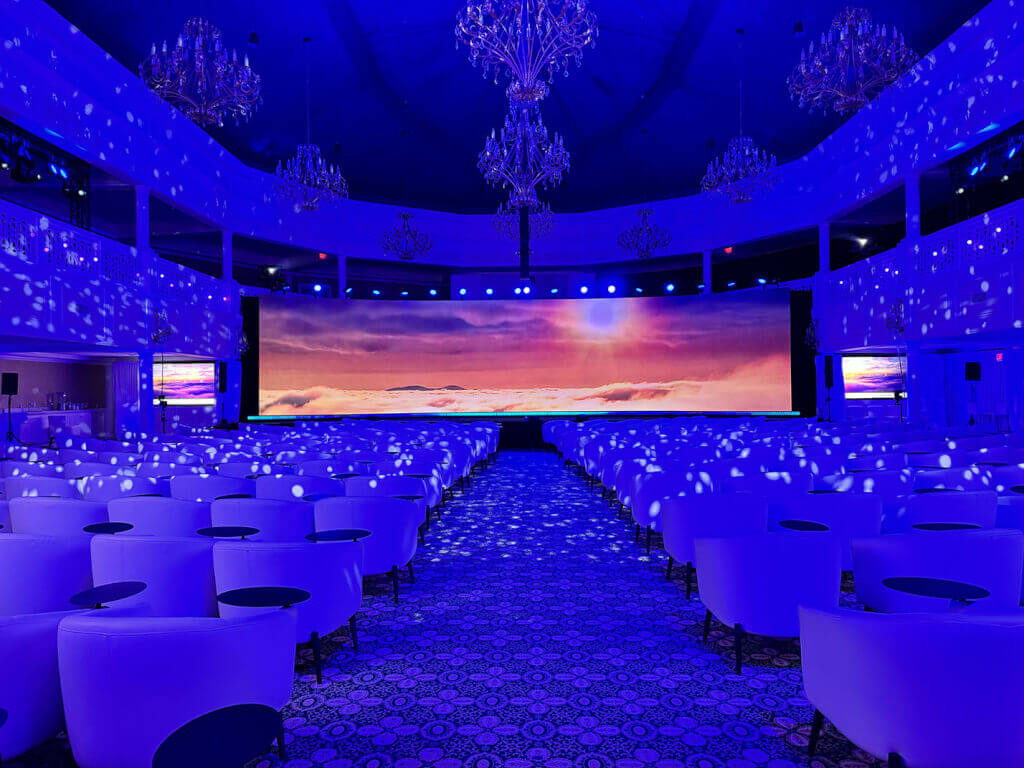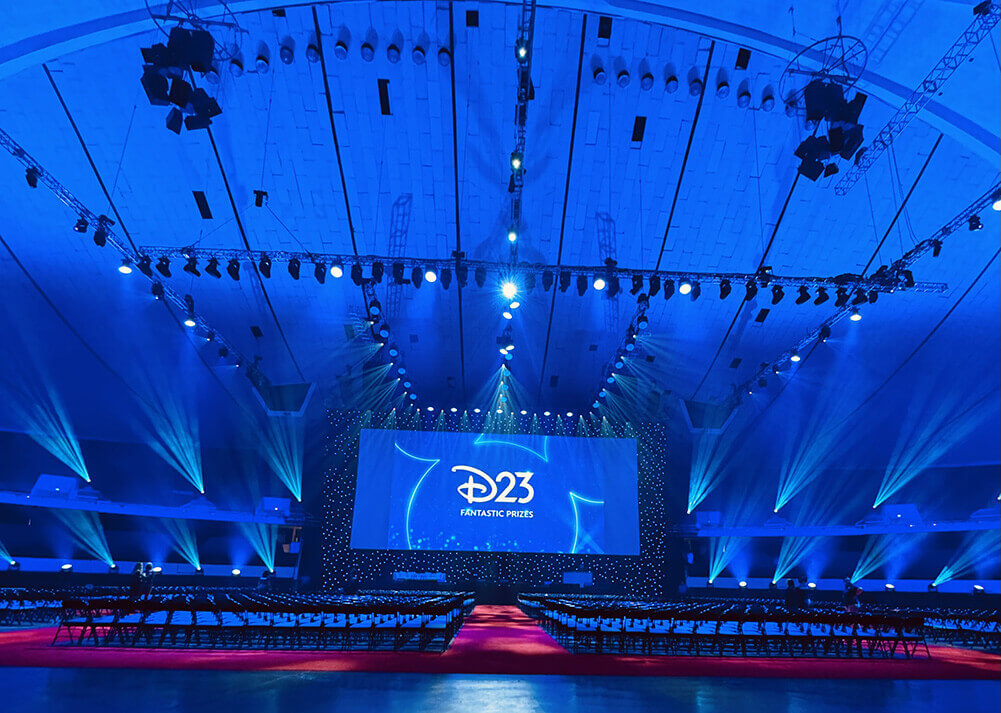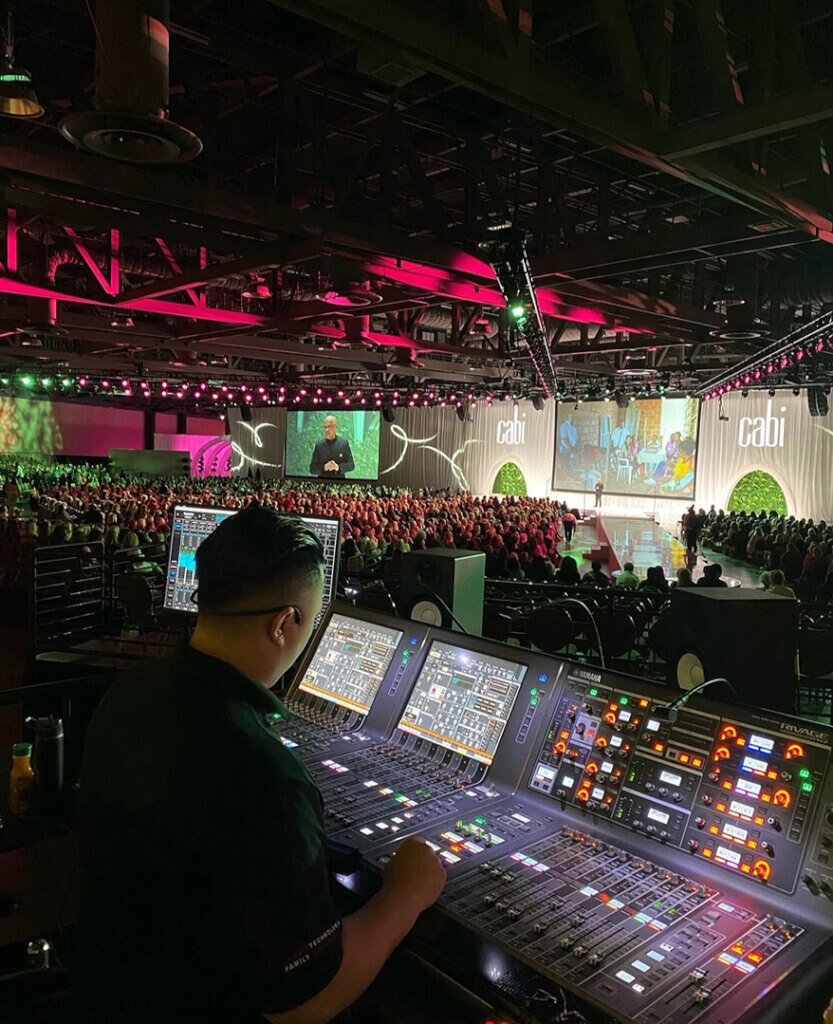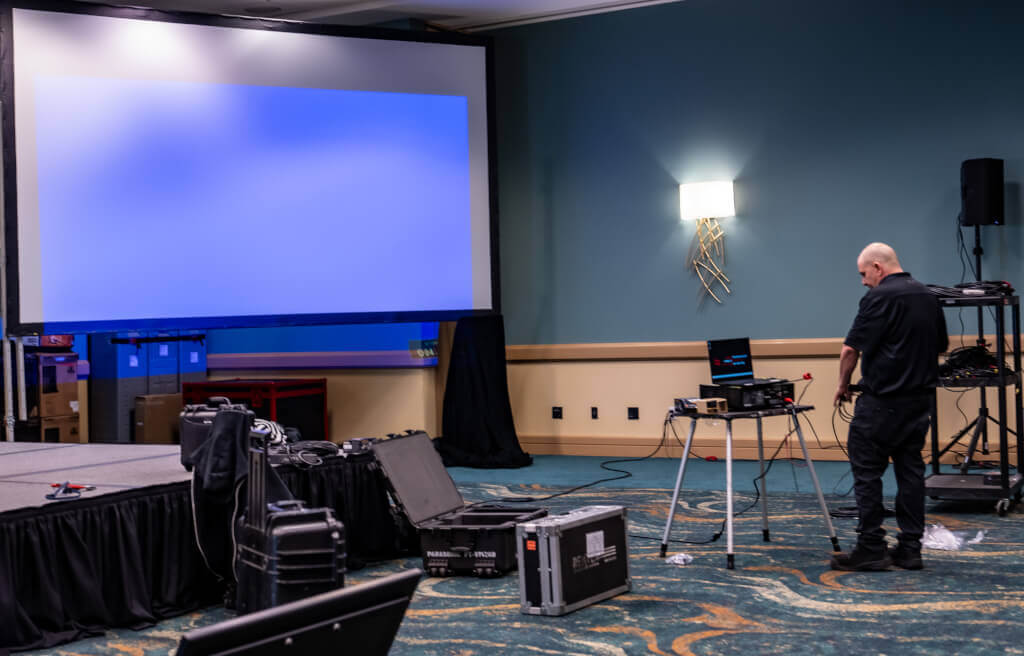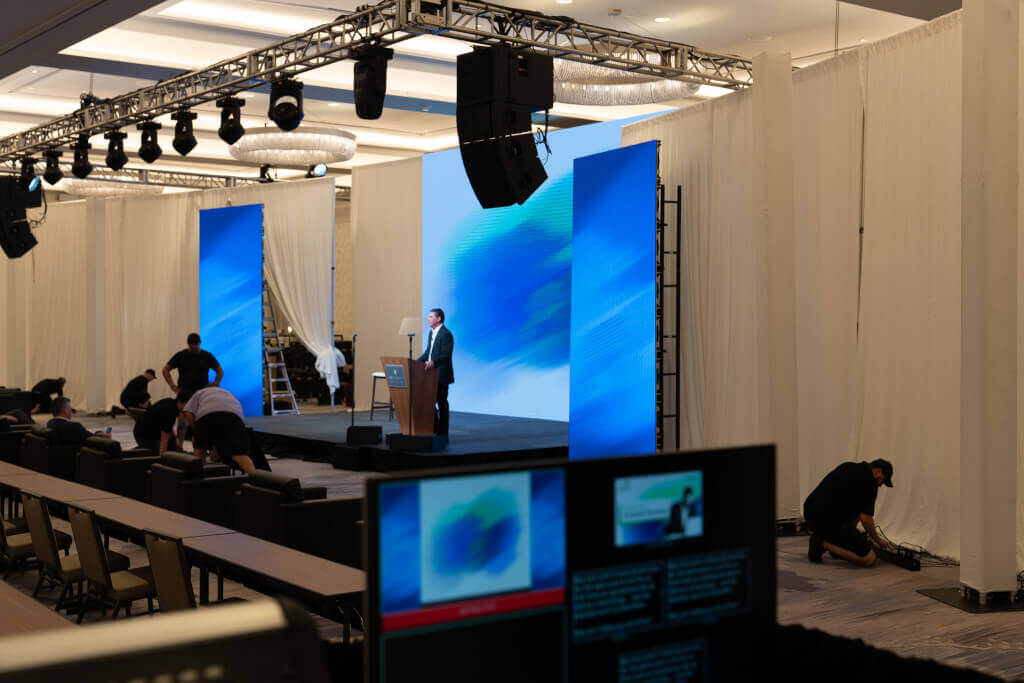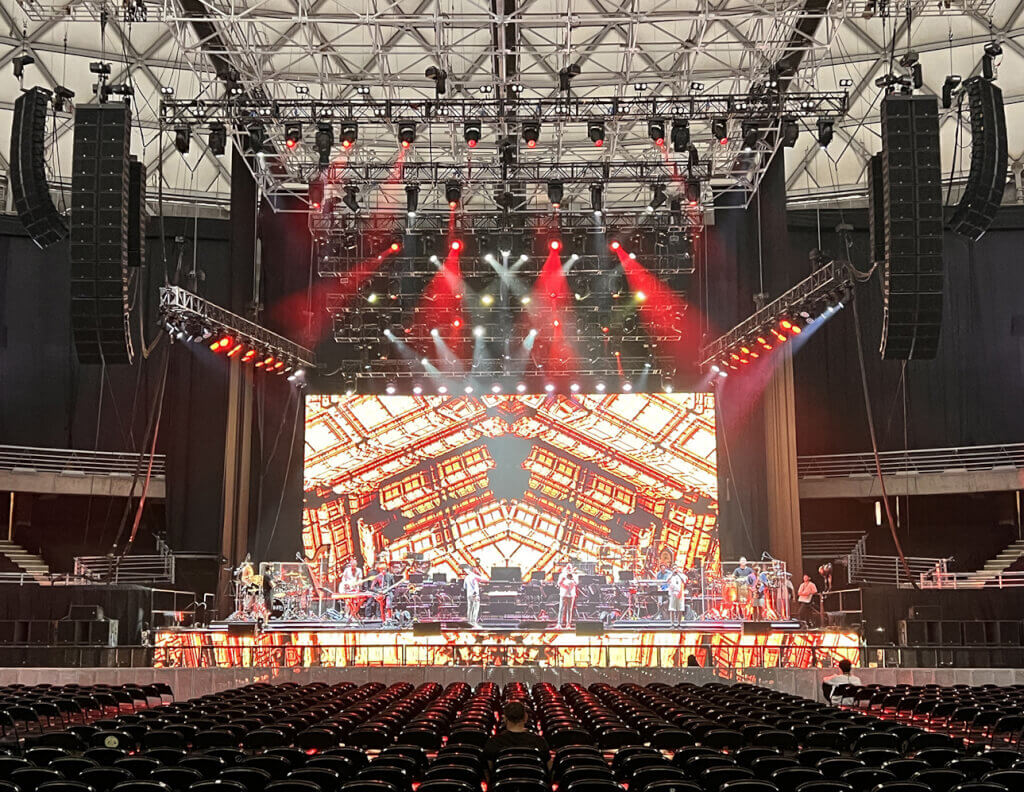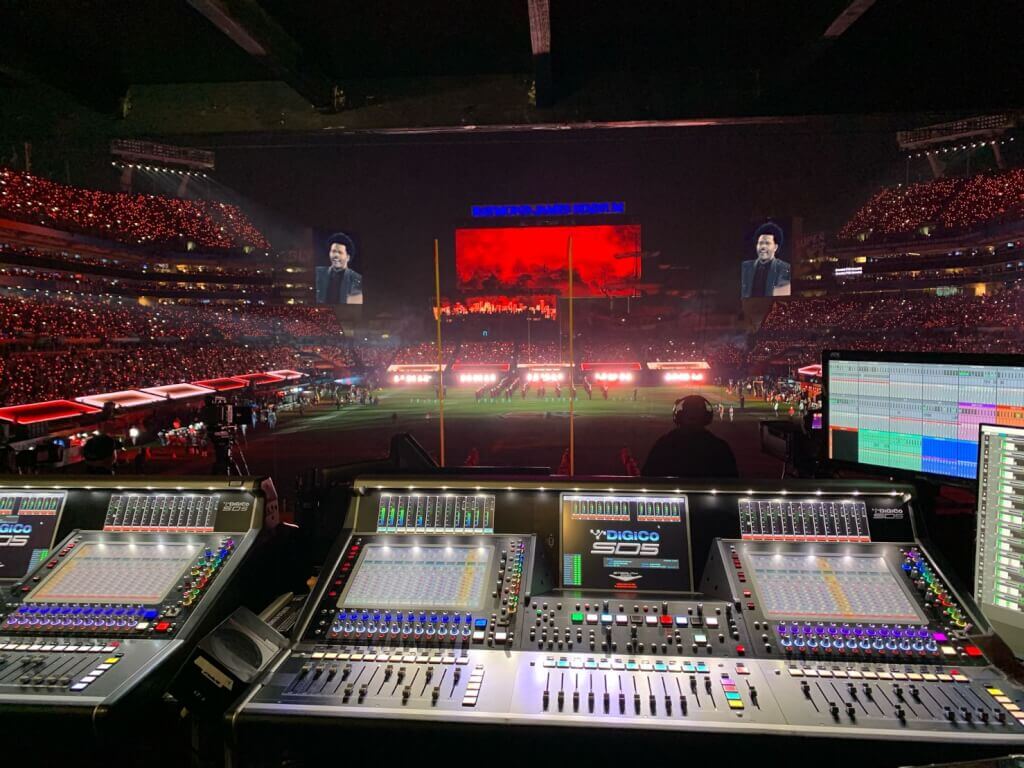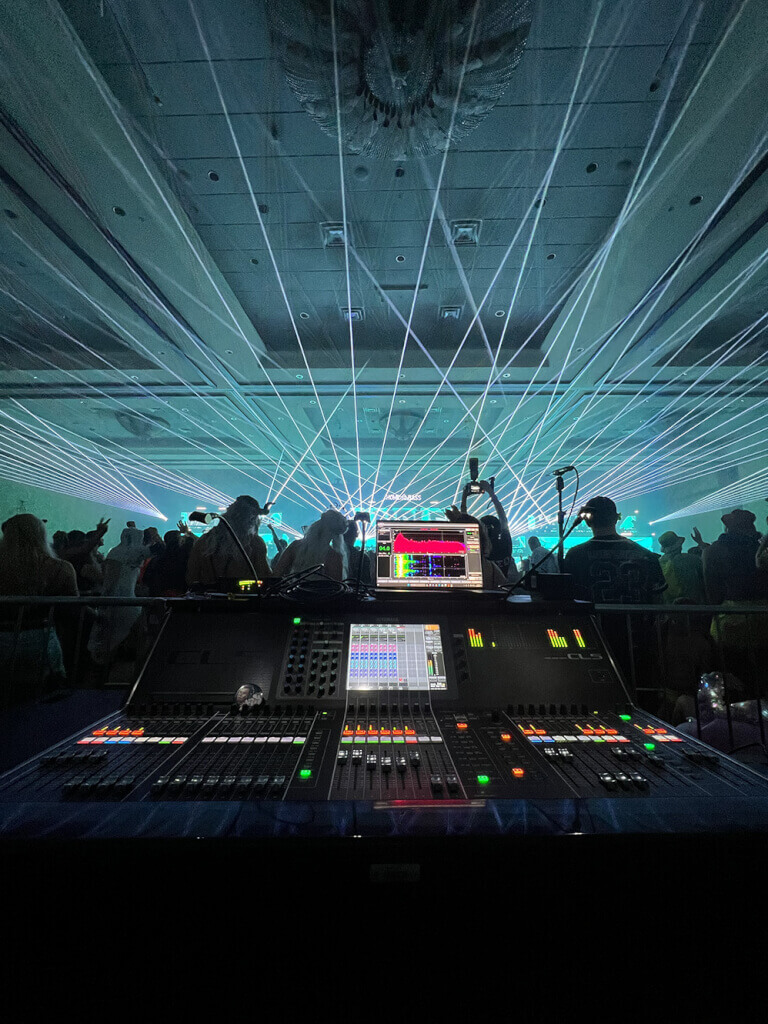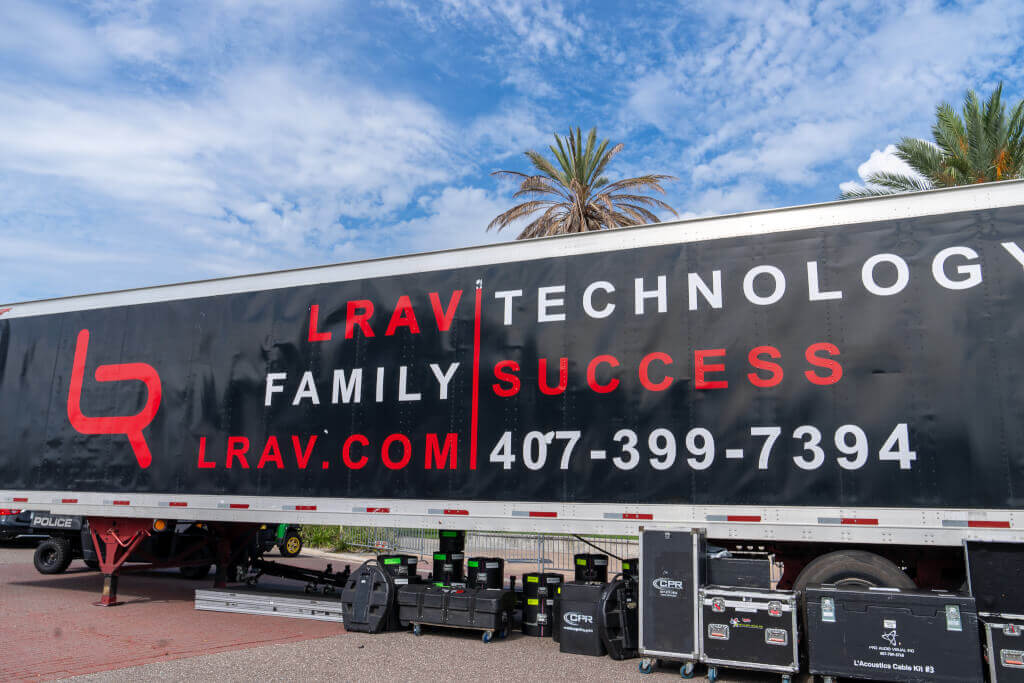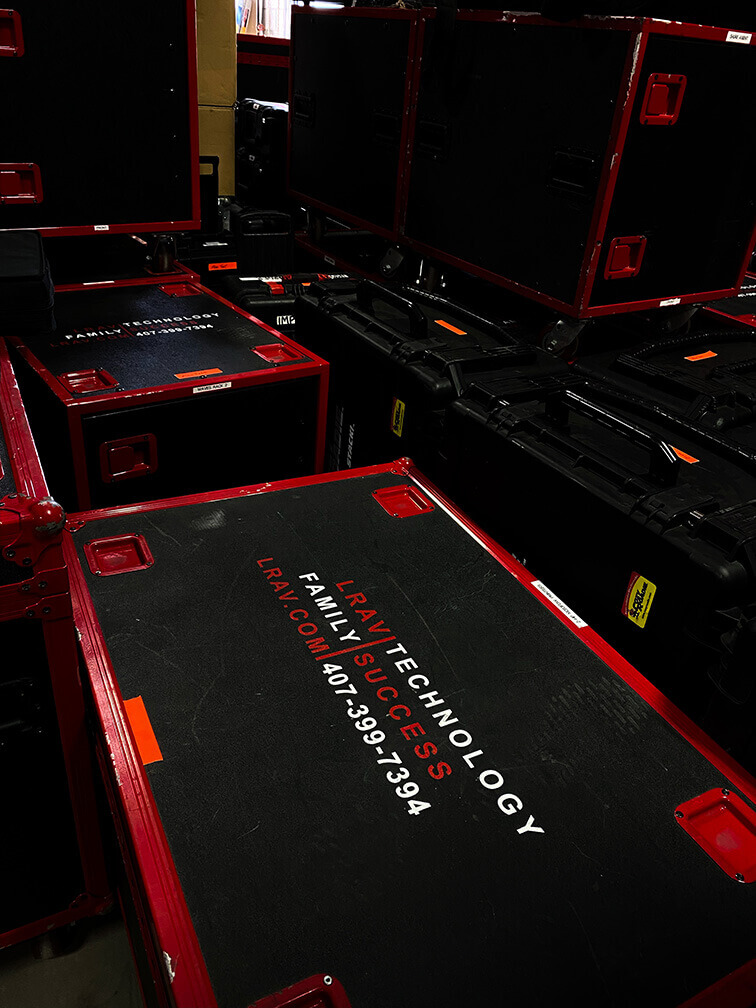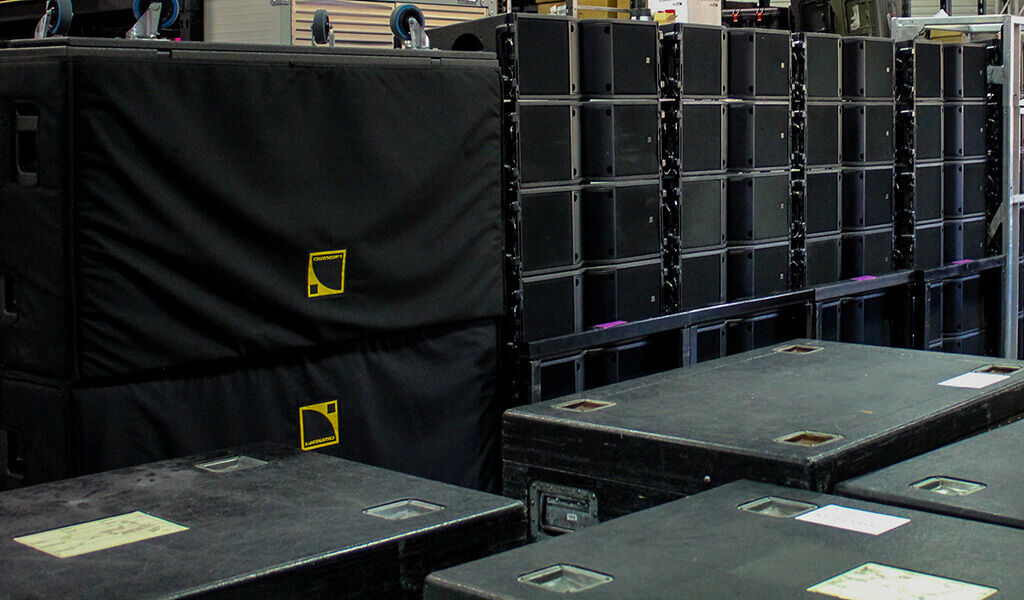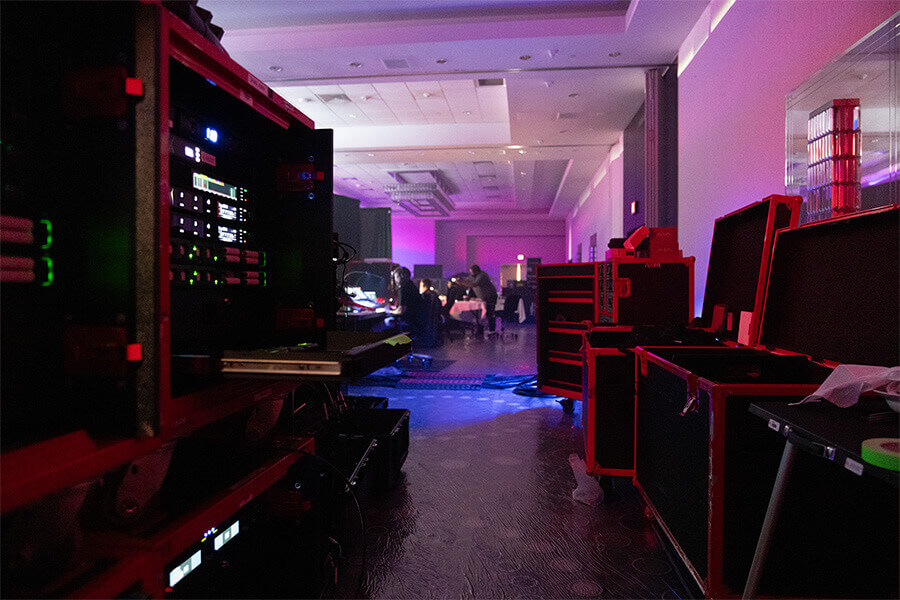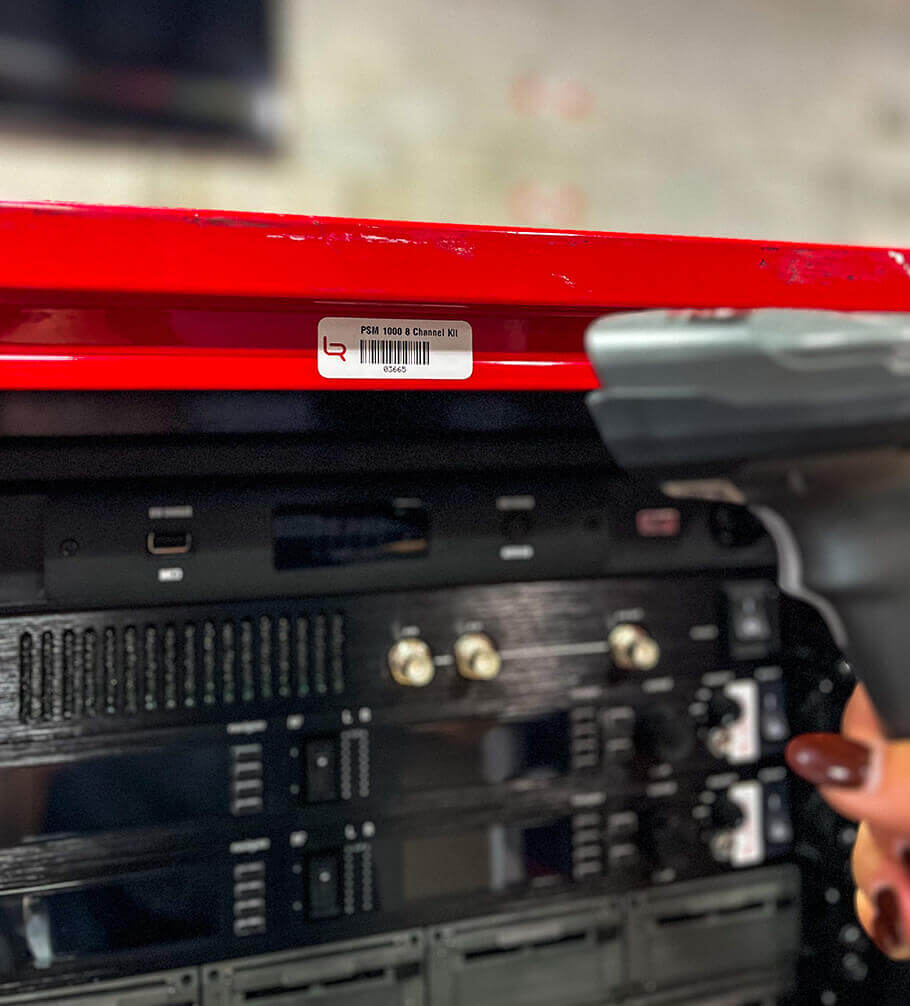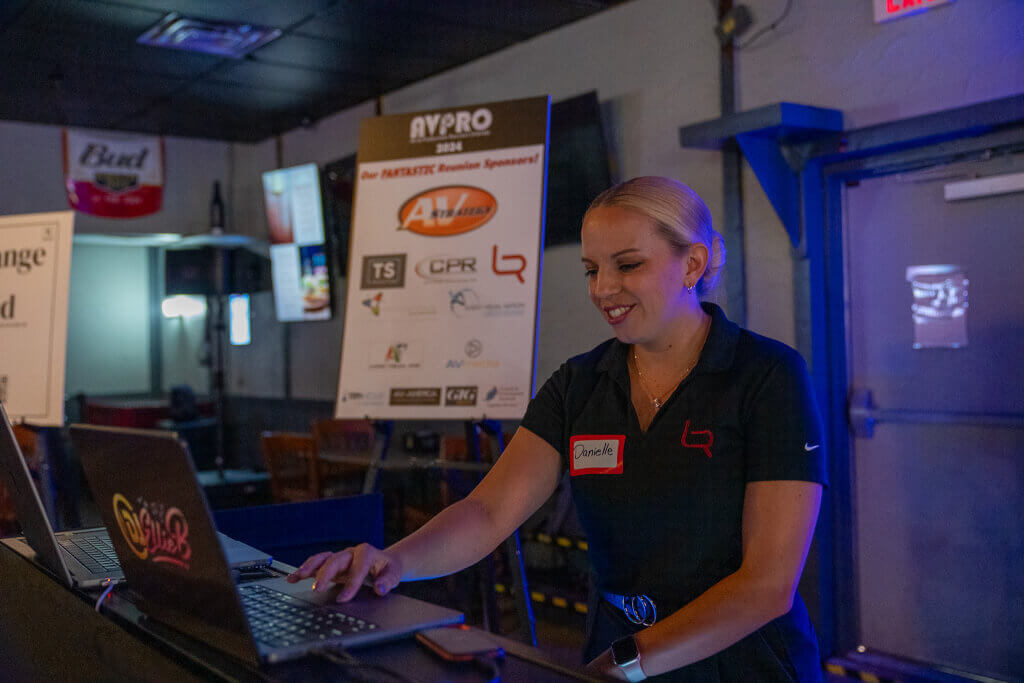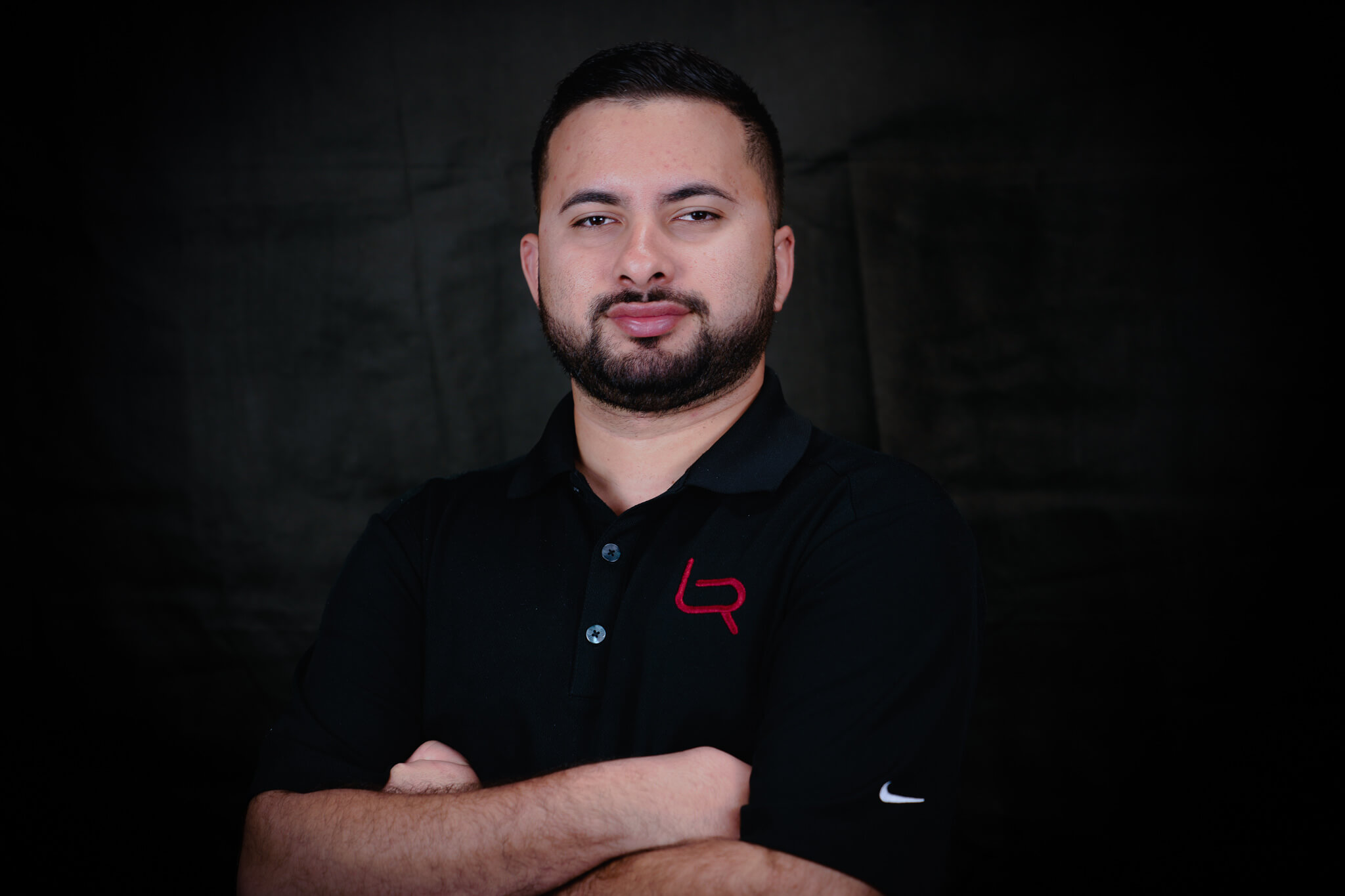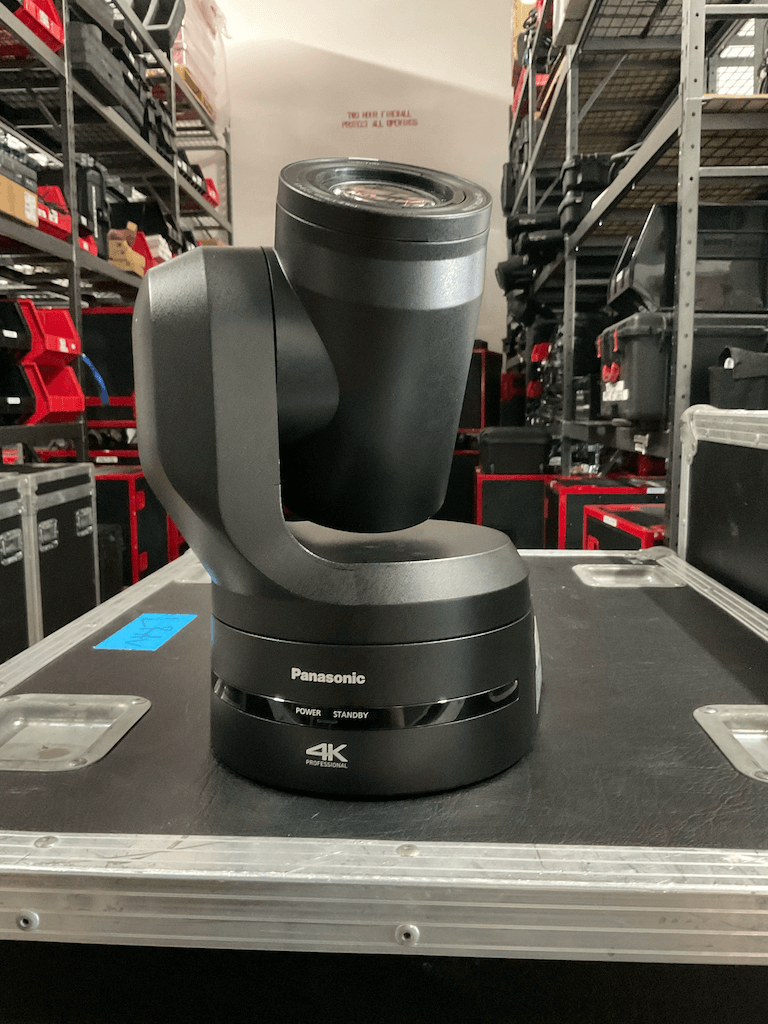When it comes to planning an event, most people focus on what the audience will see—the décor, the stage, the lighting. But what about what they hear? Because let’s be honest: a beautiful ballroom won’t mean much if your keynote speaker sounds like they’re broadcasting from the bottom of a fish tank.
Enter the unsung hero of sound clarity: the microphone.
Choosing the right microphone for your event type isn’t just a technical decision—it’s a make-or-break move that affects your audience’s experience from the first word to the last applause. Let’s break down how to choose the right mic for your next event, and why one size definitely doesn’t fit all.
Start with Your Event Type
Different events call for different kinds of microphones. It’s all about context.
Corporate Conference or Panel Discussion
If you’re planning a corporate event, panel, or seminar, you’ll likely need a combination of lapel (lavaliere) and gooseneck microphones.
- Lapel mics clip discreetly onto clothing, perfect for presenters who like to walk and talk hands-free.
- Gooseneck mics are great for panel tables or podiums where the speaker stays relatively still. They provide clean, clear sound without needing to hold anything.
These events often rely on professionalism and polish, so audio needs to be crisp, subtle, and stable.
Live Performance or Concert
For concerts or musical performances, dynamic handheld microphones are usually the go-to.
- They’re rugged, reliable, and designed to handle high sound pressure levels without distorting.
- If the singer moves around a lot or interacts with the crowd, a wireless handheld mic gives them the freedom to perform without tripping over cables.
Got a singer-songwriter? Consider adding a condenser mic on a boom stand for instruments like acoustic guitar or piano. These are more sensitive and pick up more detail—perfect for nuanced sound.
Weddings or Ceremonial Events
Weddings often require a blend of elegance and adaptability.
- Use lapel mics for the officiant and groom (yes, under the tie or boutonnière).
- For vows, some couples prefer a handheld mic so the bride can be heard clearly—just make sure someone’s on mic duty so it doesn’t turn into a juggling act.
Pro tip: Always test lapel mics against clothing rustle and hair interference. Nothing like a heartfelt “I do” ruined by fabric crackle!
Fitness or High-Energy Events
Hosting a spin class, dance session, or fitness demo? Go for a headset microphone.
- These are designed to stay in place through movement and sweat, and they keep the instructor’s hands free.
- Plus, they’re positioned near the mouth, ensuring constant volume no matter how much jumping, spinning, or yoga breathing is happening.
Hybrid or Virtual Events
In a hybrid or fully virtual setting, audio quality becomes even more critical, since it’s your main connection to the remote audience.
- Use broadcast-quality condenser microphones for hosts or moderators.
- Pair with audio interfaces to route the signal cleanly into your streaming platform.
- Wireless lapel or headset mics can also work if presenters are on the move, just make sure the wireless connection is solid.
Other Considerations
- Wireless vs. Wired: Wireless mics offer freedom of movement but need more setup and battery monitoring. Wired mics are reliable and great for stationary speakers.
- Number of Channels: If you’re using multiple wireless mics, make sure your system supports enough channels to avoid frequency clashes.
- Room Acoustics: Reverberant or echoey spaces might require more directional mics to focus only on the speaker’s voice.
The right microphone does more than capture sound—it captures the moment. Whether you’re hosting a corporate summit, saying “I do,” or jamming out on stage, the right mic ensures your voice comes through loud and clear (and not like you’re yelling into a walkie-talkie from 1998).
So the next time you plan an event, give your audio team a high five—and ask what mic fits best. Because great sound isn’t just heard… it’s felt.
For more articles check out our News Section.
